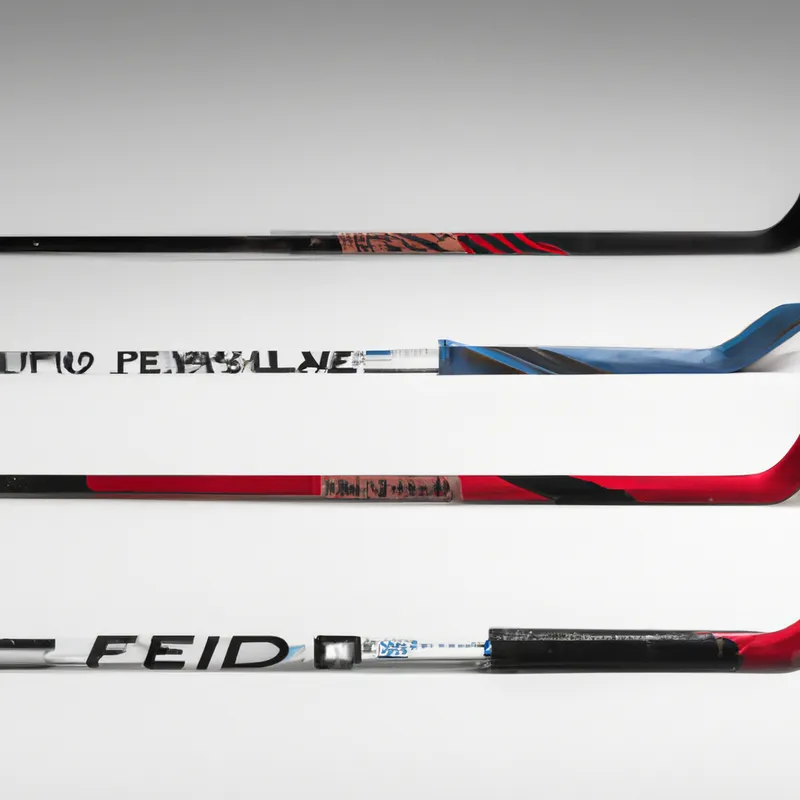Revolutionize Your Play: Tech in Field Hockey Sticks
The Evolution of Field Hockey Stick Technology
Field hockey has gained popularity worldwide. As the game evolved, so did field hockey stick technology. Modern sticks now feature lighter, stronger, and more precise designs. This blog post highlights key advancements in stick technology and their impact on the game.
Early Beginnings of Field Hockey Sticks
Field hockey originated in ancient civilizations. Early sticks made of wood primarily served players in fields and meadows. Players used available materials, creating various shapes and sizes. These heavy sticks hindered ball control and gameplay speed.
As the sport grew, manufacturers began experimenting with materials. In the 1970s, fiberglass debuted in stick construction. This lighter alternative to wood enhanced both control and power. Players quickly embraced fiberglass sticks, marking a shift in the sport.
Advancements in Materials
As technology advanced, so did materials used in stick construction. Manufacturers introduced composite materials, revolutionizing stick design. These composites combine carbon fiber, Kevlar, and fiberglass for lightweight, durable sticks.
The Rise of Carbon Fiber
Carbon fiber changed stick design significantly. This material provides exceptional strength-to-weight ratios. Players can achieve greater ball speed and control with carbon fiber sticks. They can execute precise shots and passes easily. Energy transfer from the stick to the ball has improved dramatically.
Customization and Personalization
Today, players enjoy more options for stick design. Customization allows athletes to choose the weight, length, and shape that suit their style. Some manufacturers even offer personalized graphics and colors. This customization enhances performance and allows individual expression on the field.
The Impact on Performance
The evolution of stick technology has transformed player performance. Lighter, stronger sticks enable players to move quickly and respond effectively. Stronger materials allow harder, more accurate strikes.
Improved Ball Control
Modern sticks provide enhanced ball control. Advanced grip designs and stick shapes enable players to maneuver the ball precisely. Players can execute complex skills like dribbling, flicking, and passing with greater ease. This improvement elevates the overall skill level in the sport.
Greater Durability
Advanced materials make sticks more durable than ever. Players confidently engage in intense matches without equipment failure. Increased durability reduces the need for frequent replacements, saving players time and money.
Tips for Choosing the Right Stick
When selecting a field hockey stick, consider your playing style and skill level. Here are a few tips:
1. **Assess Your Skill Level**: Beginners may prefer lighter, forgiving sticks. Advanced players might choose heavier sticks for enhanced control and power.
2. **Consider the Material**: Carbon fiber sticks perform well but often carry higher prices. Weigh your options carefully.
3. **Test Different Shapes**: Sticks come in various shapes, affecting ball handling. Experiment to find the best fit for your hands.
4. **Seek Professional Advice**: Consult coaches or experienced players for valuable insights based on their experiences.
Benefits of Modern Field Hockey Sticks
Investing in a modern field hockey stick offers numerous benefits. Enhanced performance improves gameplay, leading to better team results and personal satisfaction. Advanced technology also helps prevent injuries caused by poor equipment.
Boosting Confidence
Comfortable equipment boosts player confidence. A well-suited stick improves skill execution, leading to a more enjoyable playing experience.
Enhancing Team Dynamics
As players improve individually, overall team performance benefits. The evolution of stick technology fosters cohesive team play. Enhanced skills promote better teamwork and communication on the field.
Conclusion
The evolution of field hockey stick technology has transformed the game. From wooden sticks to advanced composites, each advancement enhances player performance. Today’s lighter, stronger sticks provide greater precision and control. As players embrace modern technology, they experience the game in exciting new ways.
Choosing the right stick can significantly impact your performance. Understanding advancements in stick technology helps you enhance your game. As field hockey evolves, so will the tools that help players excel. Embrace change and elevate your game.
Below are related products based on this post:
FAQ
What materials are modern field hockey sticks made from?
Modern field hockey sticks are primarily made from advanced composite materials, which often combine carbon fiber, Kevlar, and fiberglass. This combination results in sticks that are lightweight, durable, and provide excellent strength-to-weight ratios, significantly enhancing player performance.
How has stick technology improved ball control in field hockey?
Advancements in stick technology have led to improved ball control through enhanced grip designs and stick shapes. These features allow players to maneuver the ball with greater precision, making it easier to execute complex skills like dribbling, flicking, and passing, thereby elevating the overall skill level in the sport.
What should I consider when choosing a field hockey stick?
When selecting a field hockey stick, consider your playing style and skill level. It’s important to assess your skill level to choose an appropriate stick weight, consider the material for performance versus price, test different stick shapes for comfort, and seek advice from coaches or experienced players for personalized recommendations.















Post Comment